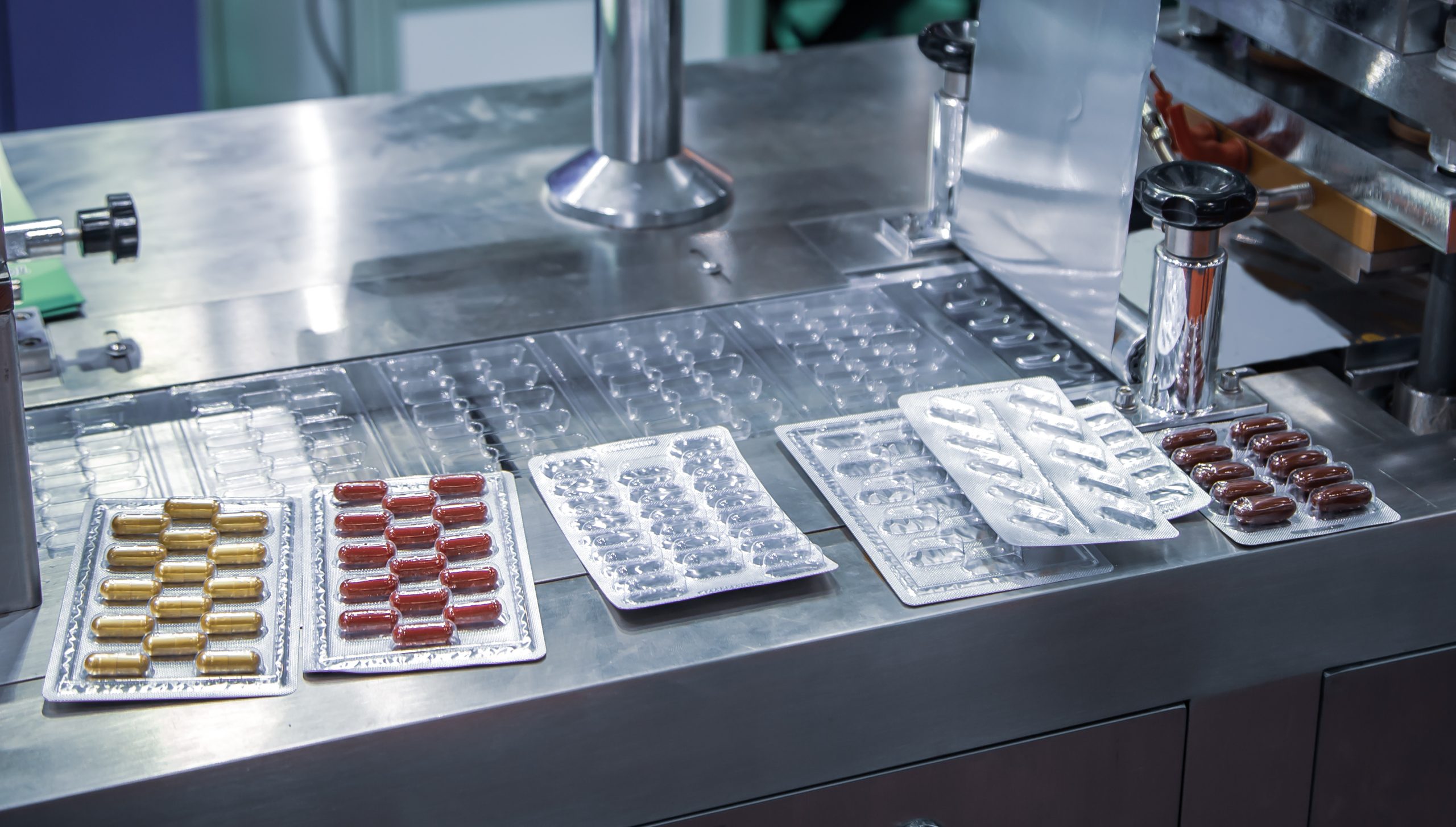Key Updates to Sterile Compounding Standards and Contamination Control
As of January 2024, The Joint Commission has introduced important updates to its sterile compounding standards, emphasizing patient safety and contamination control. The major changes include:
– Reclassification of risk levels to categories: This shift simplifies guidelines for healthcare providers, offering clearer protocols based on the complexity and contamination risk of compounding activities.
– Increased focus on hygiene during handling: Hygiene practices have been elevated, with strict protocols for handwashing, glove use, and handling techniques to prevent contamination.
– Low-lint garbing requirements: The updated standards mandate the use of low-lint garbing materials to reduce the risk of fibers and particles contaminating sterile environments.
From Risk Levels to Categories: A Simplified Approach
The transition from “risk levels” to “categories” aims to make compliance easier for healthcare facilities. This change emphasizes that contamination control must be prioritized at every level of the compounding process, whether preparation, handling, or delivery. The new categories provide clearer guidelines on how to manage potential risks.
Hygiene During Handling: A Critical Focus
Maintaining strict hygiene during sterile compounding is more crucial than ever. Each step in the process presents a risk of contamination, making adherence to handwashing, glove use, and handling protocols essential. Any lapse in hygiene can compromise sterile environments, putting patient safety at risk.
Low-Lint Garbing: A Key to Contamination Control
Traditional garbing materials can shed fibers, introducing contaminants into sterile areas. The Joint Commission now requires low-lint garbing products—such as gloves, gowns, and headwear—that reduce particle shedding and protect the sterile environment. These materials play a pivotal role in maintaining cleanliness during compounding.
Dycem’s Role in Supporting Compliance
Dycem’s contamination control products align perfectly with the new standards by trapping up to 99.9% of contaminants from foot traffic and equipment wheels. Used alongside low-lint garbing and hygiene protocols, Dycem mats and flooring help prevent contamination from entering critical areas like compounding stations and cleanrooms. By capturing particles at entry points, Dycem products act as an essential first line of defense.
Best Practices to Ensure Compliance
To meet the 2024 standards, healthcare facilities should:
– Train staff on hygiene protocols, including proper handwashing and glove use.
– Implement low-lint garbing to reduce contamination risks from fibers.
– Maintain cleanrooms using Dycem mats and flooring to trap contaminants.
– Document hygiene and garbing practices to demonstrate compliance.
The Future of Sterile Compounding: Staying Ahead of Contamination Risks
The 2024 standards place a greater emphasis on hygiene, contamination control, and low-lint garbing. Healthcare facilities that invest in effective solutions like Dycem’s products will not only meet these standards but also enhance patient safety and operational efficiency. Proactive measures such as stringent hygiene protocols, low-lint garbing, and contamination control tools ensure a safer, cleaner compounding environment, protecting both products and patients.
By prioritizing these practices, facilities can stay ahead of contamination risks and ensure compliance with the evolving standards set by The Joint Commission.
